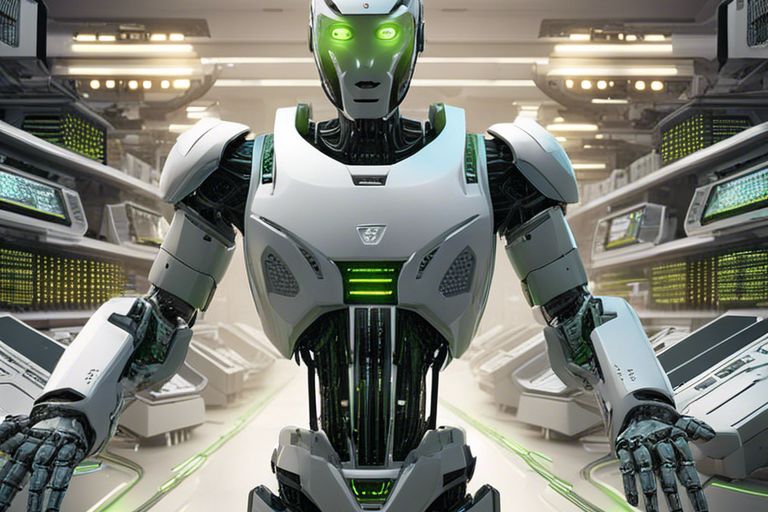As artificial intelligence continues to revolutionize industries and drive innovation, developers are constantly seeking ways to improve AI model training and performance. One crucial factor in accelerating AI productivity is the use of NVidia chips, which are renowned for their high computational power and efficiency in handling complex AI workloads. In this guide, we will explore how developers can leverage NVidia chips to boost their AI productivity effectively.
Why NVidia Chips?
- NVidia chips are designed specifically for parallel processing, making them ideal for training deep learning models that require heavy computational resources.
- NVidia GPUs (Graphics Processing Units) are known for their superior performance compared to traditional CPUs (Central Processing Units) when it comes to AI workloads.
- NVidia chips support popular deep learning frameworks like TensorFlow, PyTorch, and MXNet, enabling seamless integration into AI development pipelines.
How to Boost AI Productivity with NVidia Chips:
- Choose the Right NVidia Chip: Different NVidia chips cater to varying AI workloads and budgets. Consider factors like memory bandwidth, CUDA cores, and VRAM capacity when selecting the chip that best suits your needs.
- Optimize Code for GPU Acceleration: Restructure your AI algorithms to exploit the parallel processing capabilities of NVidia GPUs effectively. Utilize CUDA programming to accelerate computations and maximize performance.
- Utilize NVidia Libraries: Leverage NVidia’s optimized libraries like cuDNN and cuBLAS, which are specifically designed to enhance deep learning performance on NVidia GPUs. These libraries provide pre-optimized functions for common AI operations.
- Parallelize Data Processing: Distribute data across multiple GPUs to parallelize data processing tasks and speed up training times. Use NVidia’s multi-GPU technologies like NVLink and SLI to enable efficient communication between GPUs.
- Regular Updates and Driver Optimization: Keep your NVidia drivers and software up to date to ensure compatibility with the latest AI frameworks and algorithms. Optimize driver settings for enhanced performance and stability.
By following these guidelines and best practices, developers can harness the full potential of NVidia chips to accelerate AI productivity and achieve better results in their AI projects. NVidia’s continuous innovations in GPU technology and software support make it a valuable ally for developers looking to push the boundaries of artificial intelligence.

